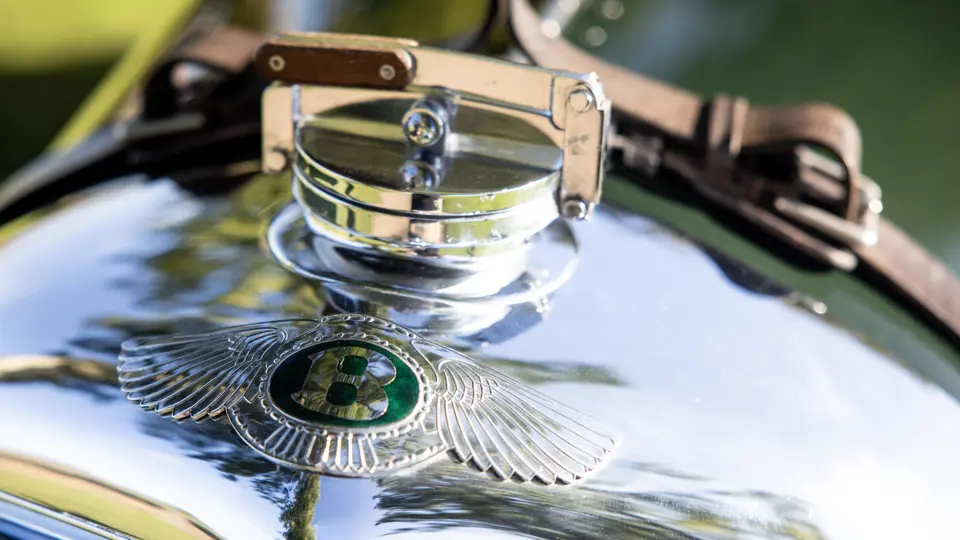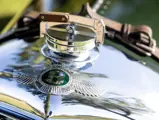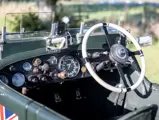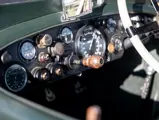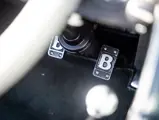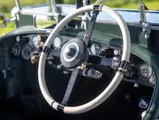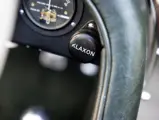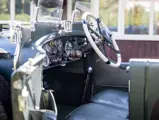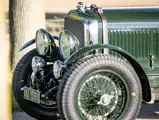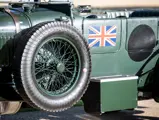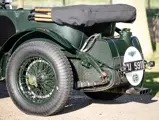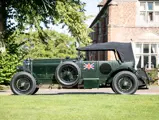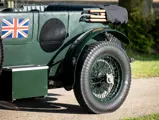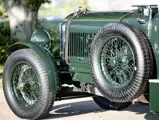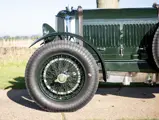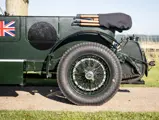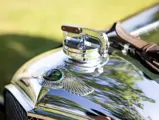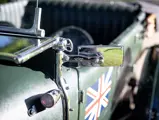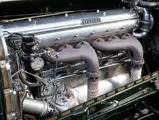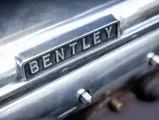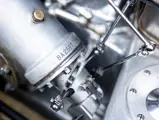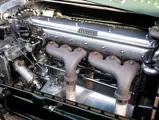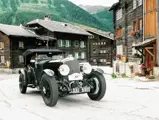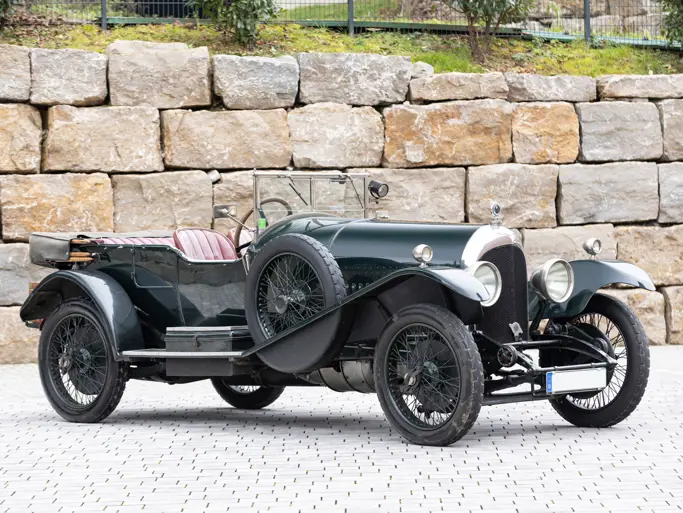
1929 Bentley Speed Six Le Mans Tourer in the style of Vanden Plas
{{lr.item.text}}
Sold
{{bidding.lot.reserveStatusFormatted}}
- A fascinating example of Bentley’s eminently impressive Speed Six
- Delivered as a Close Coupled Saloon bodied by H.J. Mulliner; reconfigured as a Le Mans Tourer in the style of Vanden Plas as part of an ongoing restoration
- Renovated by Bentley marque expert, William Sykes, following accident damage suffered in the late-1970s, receiving extensive revisions to its rolling chassis
- Work completed to its current standard by R.C. Moss with extensive invoices and workshop reports available to view in its detailed history file
- Wears the same “UU 5911” registration it received when new in 1929
- An ideal contender for pre-war rallies, shows, and events
Named for its engine, the 6½-Litre model instantly became the most refined car offered by Bentley. Its revised chassis and greater engine capacity made light work of the heavy limousine bodies favoured by customers of the day and the model became known as a comfortable cruiser. Its development did not stop there, though, as the marque drew on its racing experience to squeeze even more power from the fearsome straight-six. At the behest of Woolf Barnato, a performance derivative of the six-cylinder car was devised, which became known as the Speed Six. Several months of development culminated in a demonstration in late-1928, with the first delivery to Barnato in May 1929.
The example offered here, chassis BA2587, is a Speed Six with a fascinating and rich history. Noted in Bentley – The Vintage Years by acclaimed marque historian Dr Clare Hay, the Bentley was built on the shortest version of the production chassis available (11 feet, 6 inches) and sent to H.J. Mulliner & Co., Ltd for fitment of Close Coupled Saloon-type coachwork. The Speed Six was registered in London with the licence plate “UU 5911” and delivered to its first owner, Mr Ernest Taylor, in June 1929. It is believed that Mr Taylor served as a high-ranking officer for the Royal Navy during World War I and, after retiring from service, fulfilled a role as an MP for 20 years—all-the-while claiming residence in The Bishops Avenue, Finchley, known today as “Billionaires’ Row”.
The Bentley’s period service record covers the period from 1929 to 1939 (available to view in the history file), and notes that the Bentley’s second owner was Mr Peregrine Philip Saillard Pratt. Mr Pratt acquired the car in 1933 and declared his address as the Naval & Military Club, Piccadilly, known to count members of royalty and society’s elite as members. The service ledger tells that in 1934, the Speed Six was fitted with Andre Hartford friction shock absorbers on its front and rear, and in October 1936 the car was fitted with a new front axle bed. By this point, with the Bentley still only seven years old, it had covered 76,010 miles.
The Bentley’s whereabouts during World War II and subsequent years are regrettably not documented. In 1995, the Speed Six passed into the care of marque expert, William Sykes. A letter on file, addressed to Mr Sykes from the Bentley Drivers Club, signed by Brian W. Fenn and dated 3 January 1996, suggests at that point the car was in deep disrepair: ‘We understand that you are to construct a new chassis round the original crossmember, and a car using the other parts as listed. We further understand that the engine will have a new crankcase, but an original block.’ Mr Sykes acquired and fitted a Le Mans-style replica body, which the car wears today. It was sold on as an unfinished project in 2003.
A later letter from the Bentley Drivers Club, likely written on instruction of its new owner to the DVLA (dated 24 May 2004), explains why the Speed Six was likely kept off the road for so long, commenting: ‘So far as we can ascertain, about twenty five years ago the car was in a collision which damaged the chassis and was immediately garaged and not used or repaired.’ In June 2004 the Bentley was reunited with its “UU 5911” registration that it was first known under in 1929, and in Dr Hay’s 2006 book it is noted that the gearbox, front axle, and banjo are likely fitted in other cars.
After acquiring the Bentley in 2003, its next owner—a collector of pre-war Bentleys—commissioned the marque-specialist workshop R.C. Moss to complete the restoration. Invoices on file exceed £75,000 and detail the temporary removal of the body for access to brake, steering, and suspension components. The three-throw mechanism was overhauled, the car was rewired, the exterior was repainted, and the interior retrimmed. The dashboard was refinished, and a high-ratio 3:1 crown wheel and pinion was installed. The front axle is believed to originate from a supercharged “Blower” Bentley. Since the completion of its restoration, the Bentley has been enjoyed on events including the 2005 Rallye des Alpes, 2006 Bentley Tour of Aquitaine and Bordeaux, 2007 Jewel That is Jordan III, and more, prior to being sold at auction in 2022. It has since been maintained with new tyres, with brakes, clutch, and steering bushes also renewed.
With intriguing history stretching back almost 100 years combined with its desirable Le Mans-style configuration, this Speed Six could make for an ideal companion for further touring with its next owner.
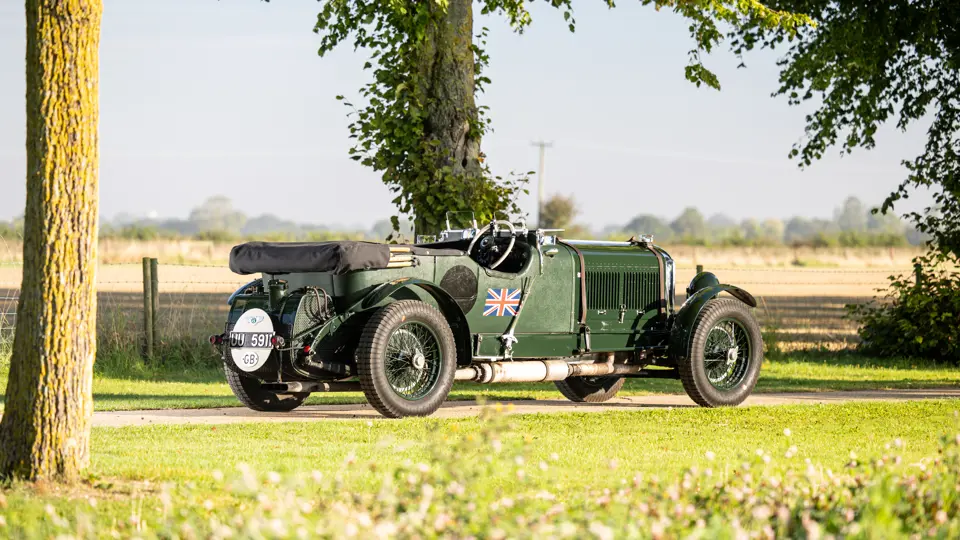



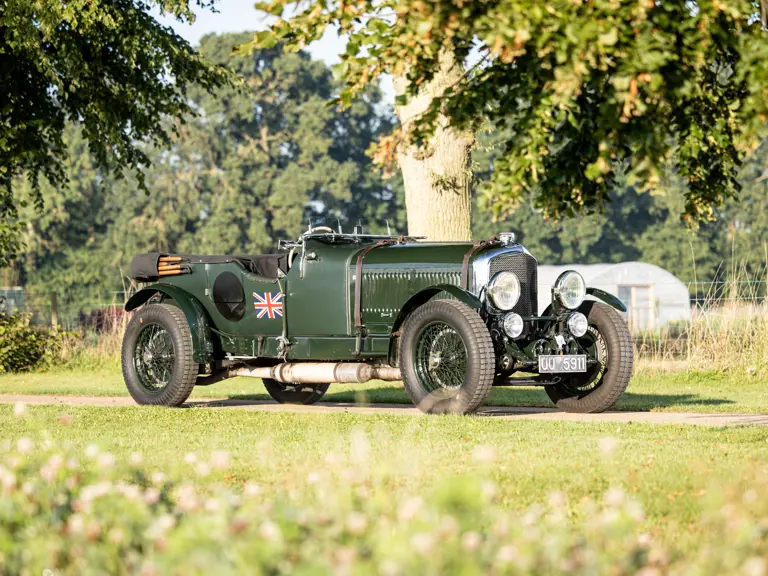

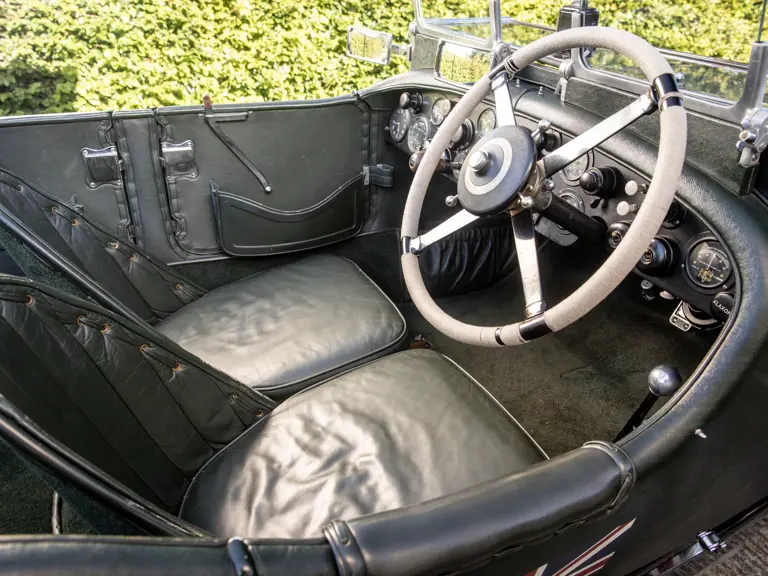
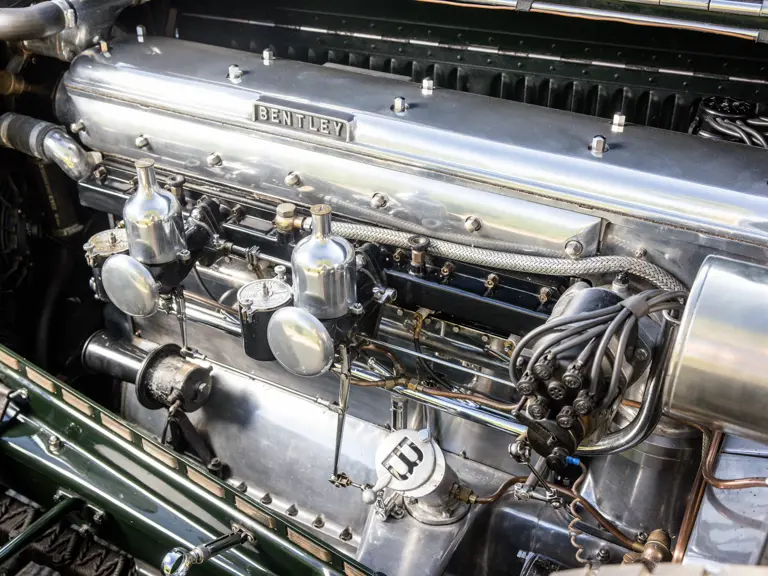
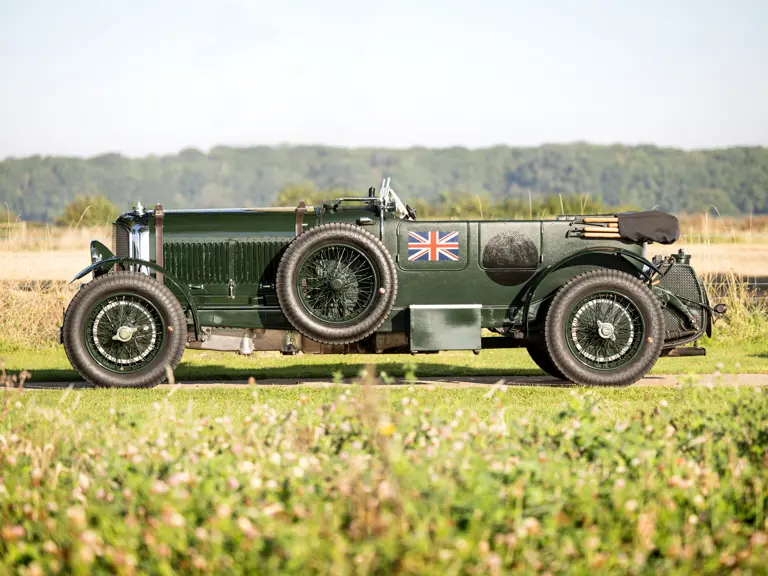
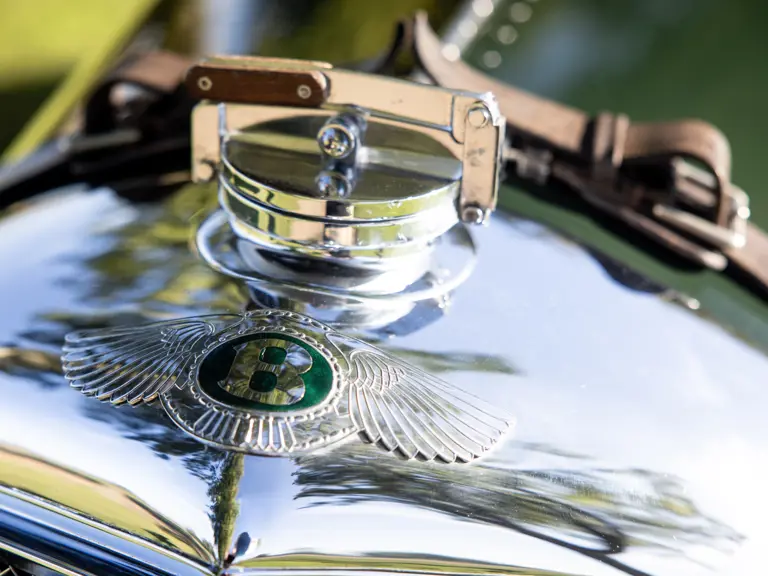
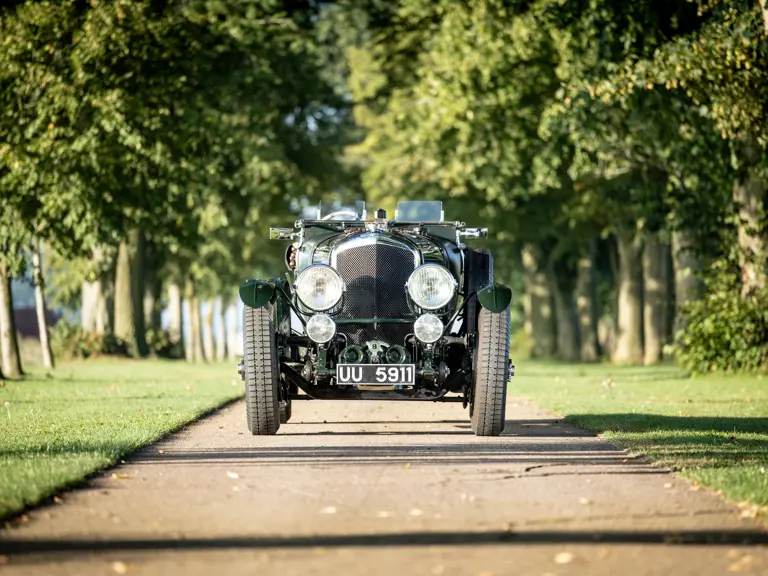
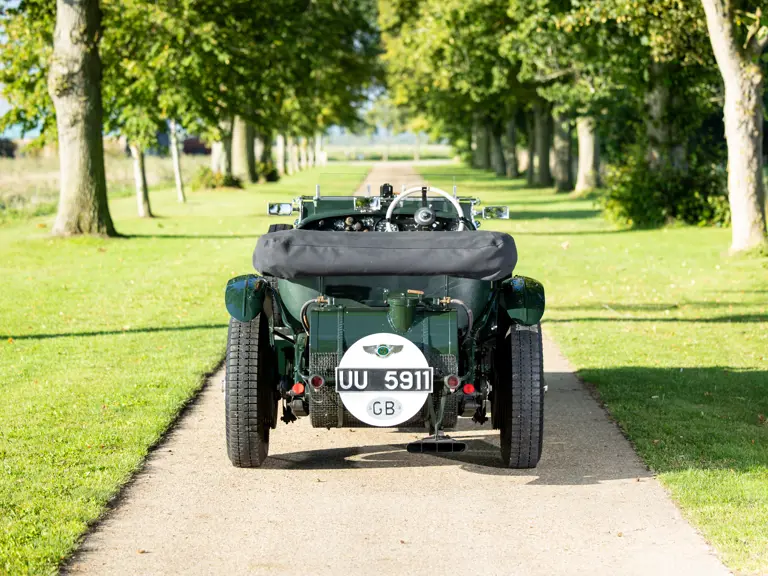
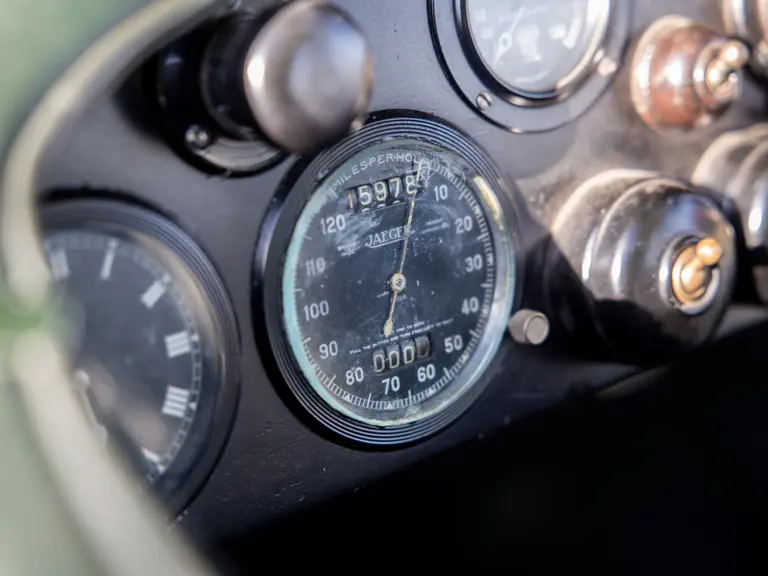
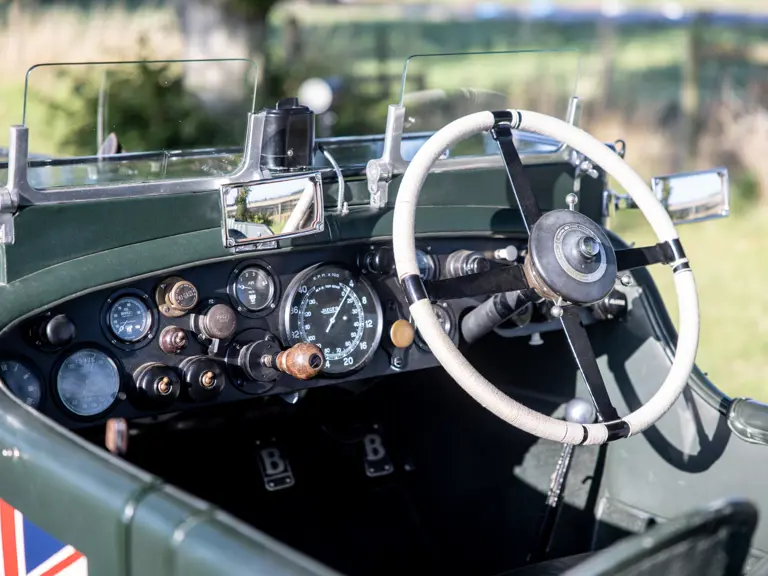
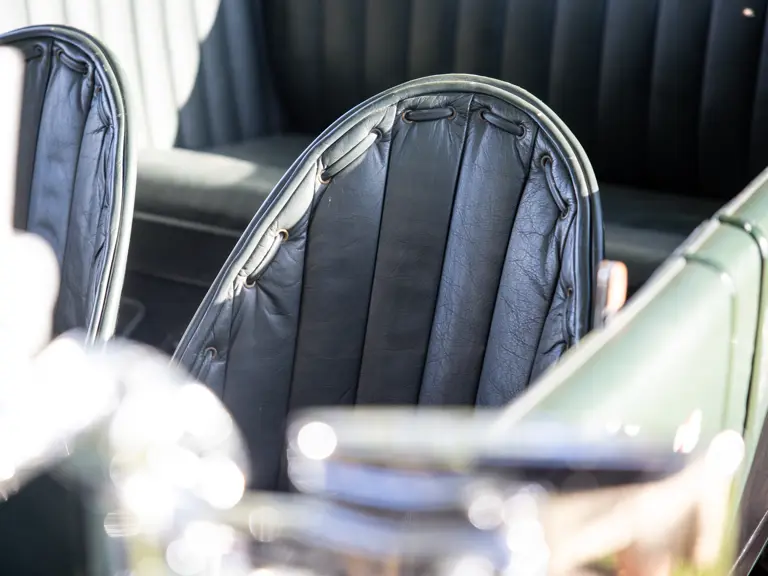
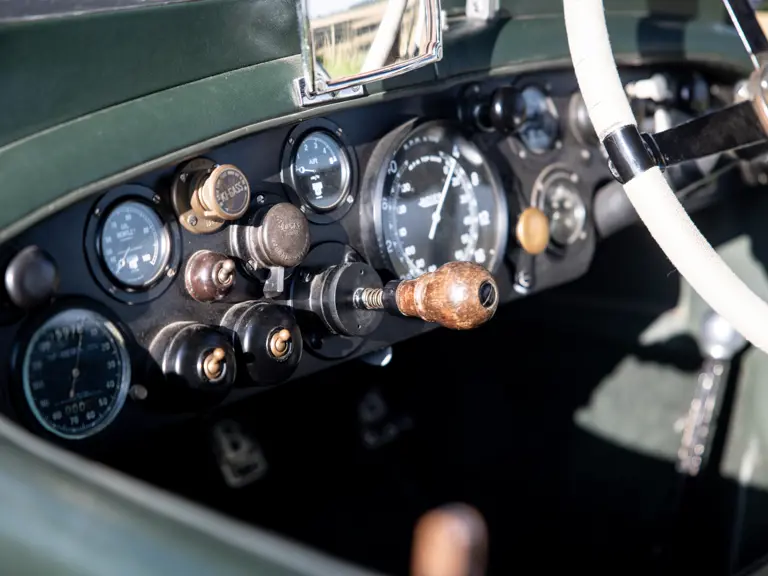
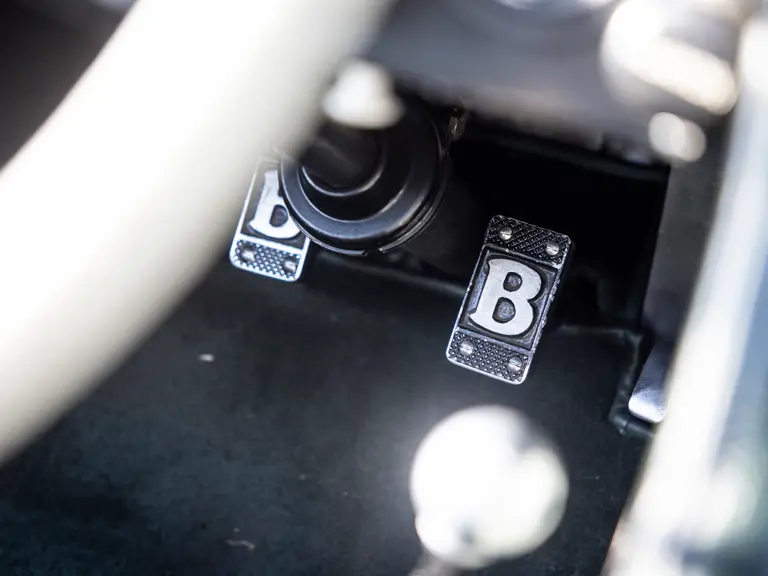

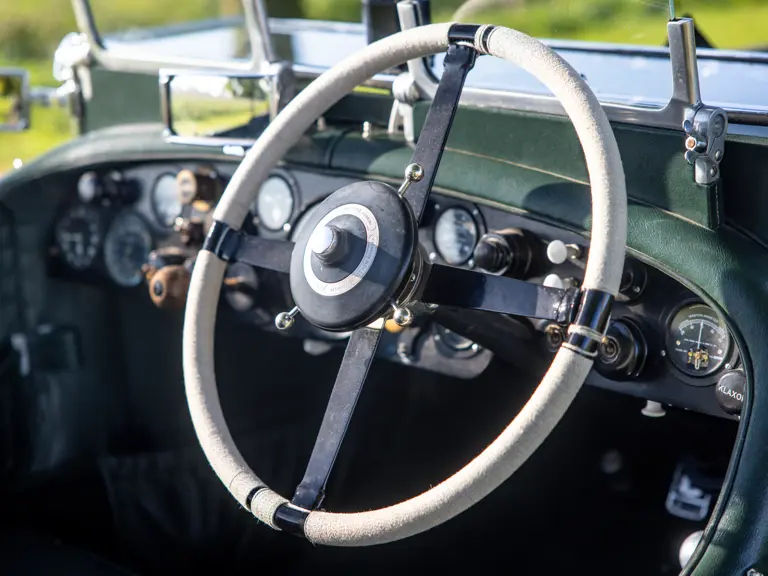
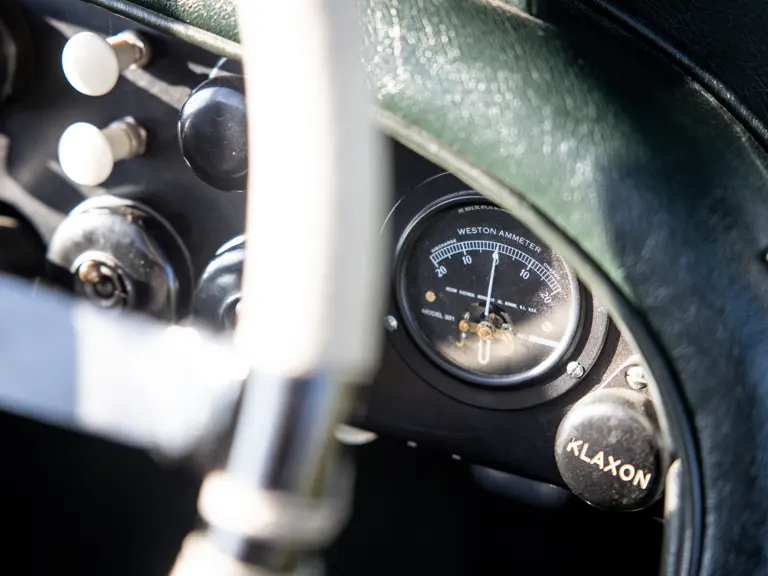
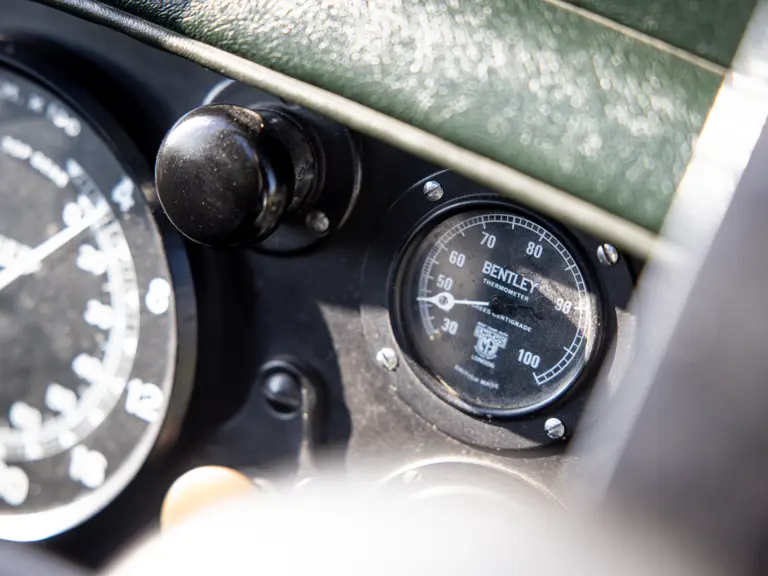

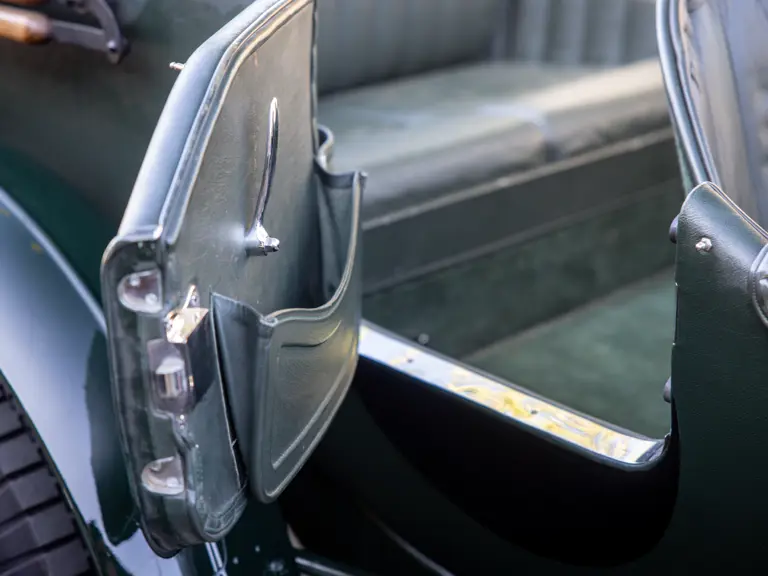

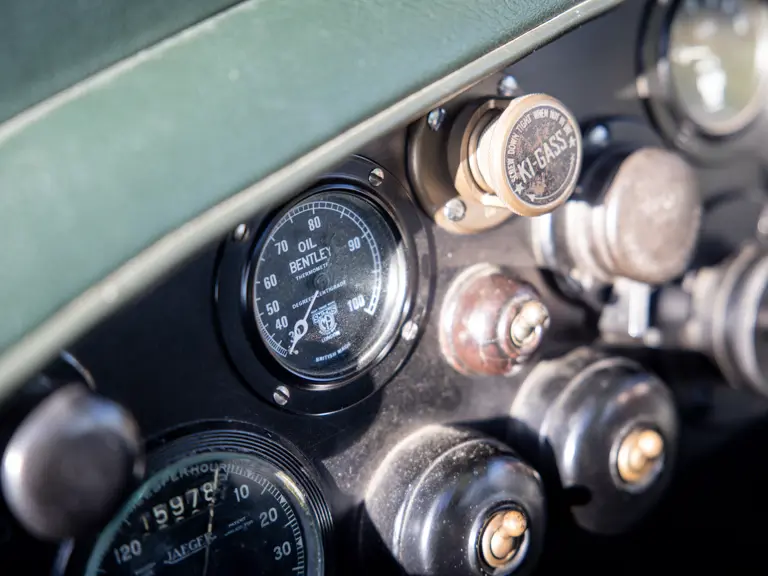


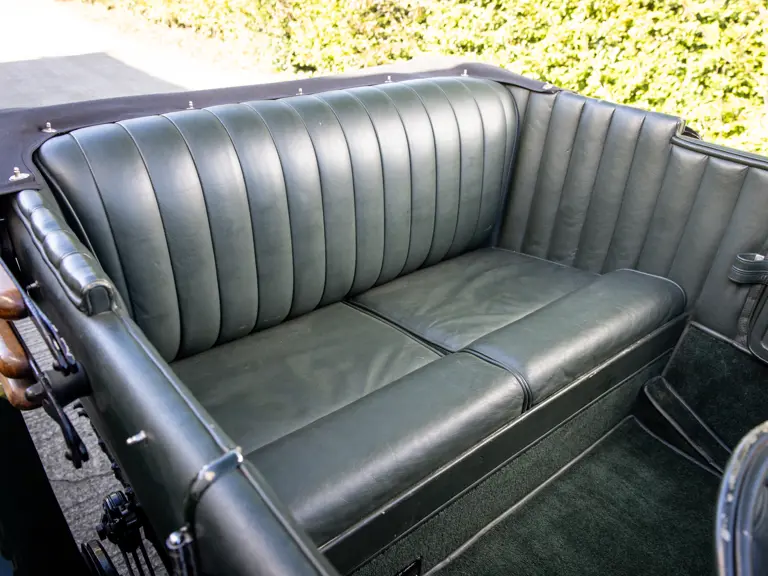

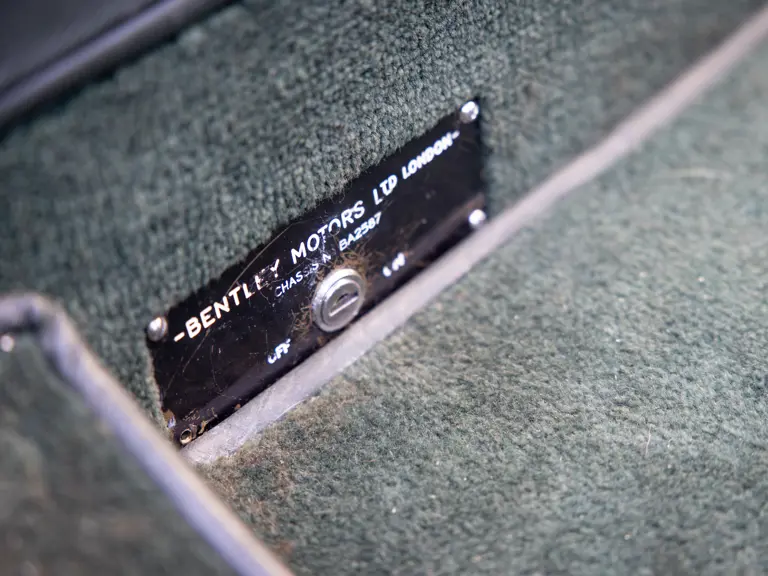
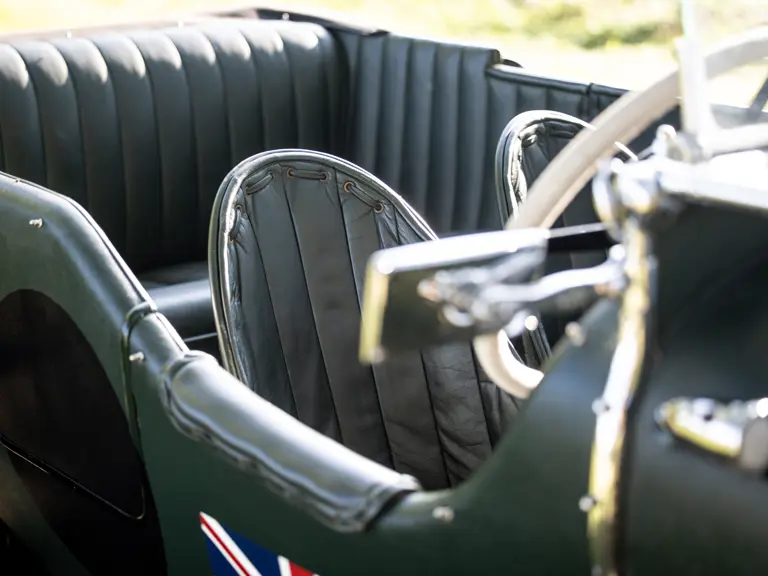
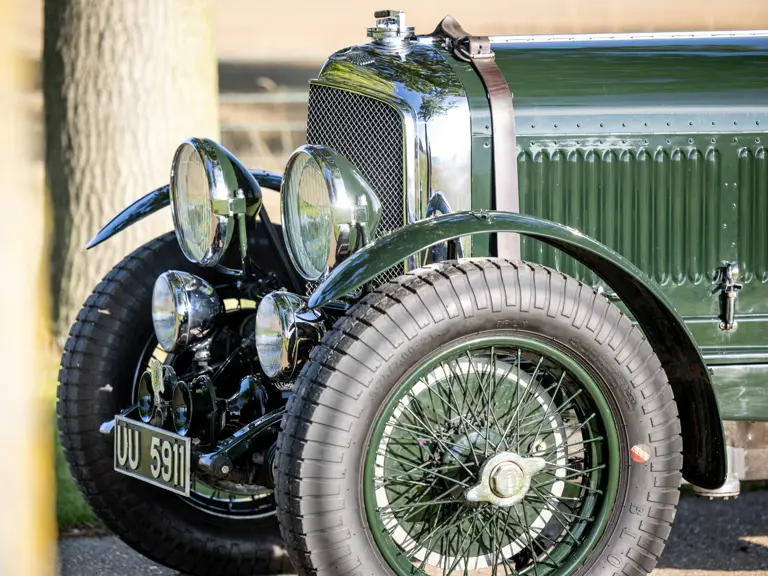
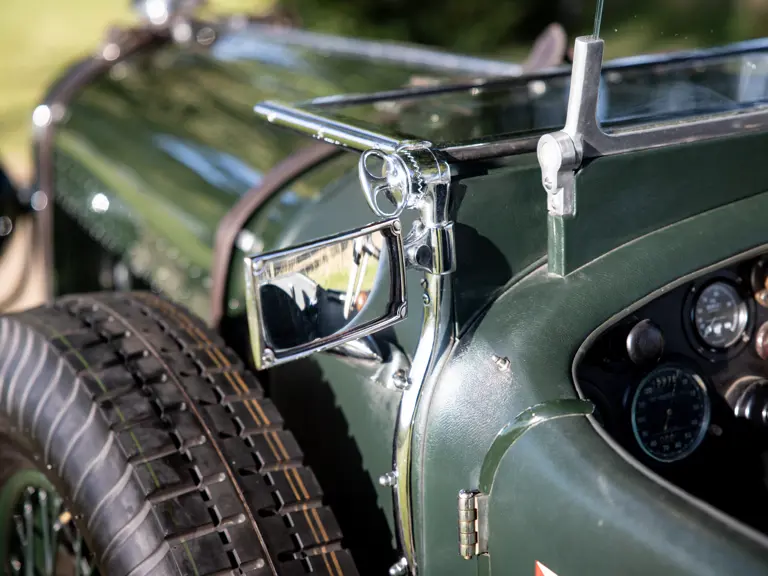

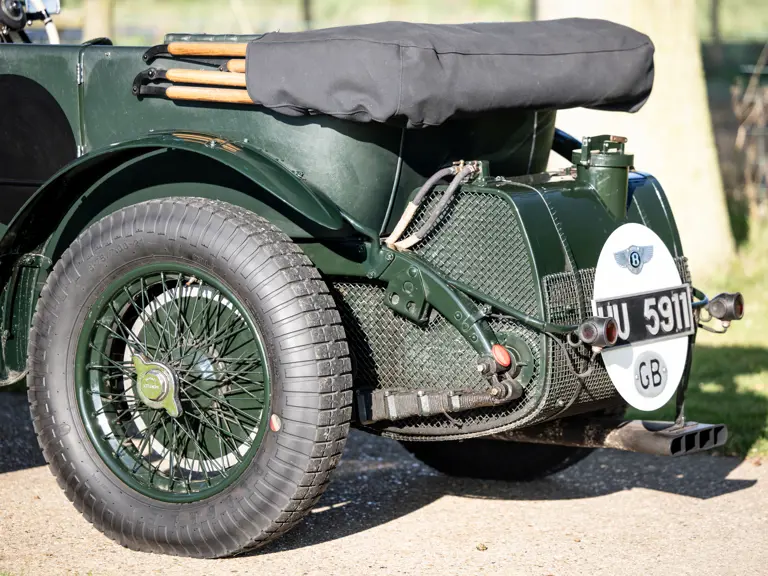

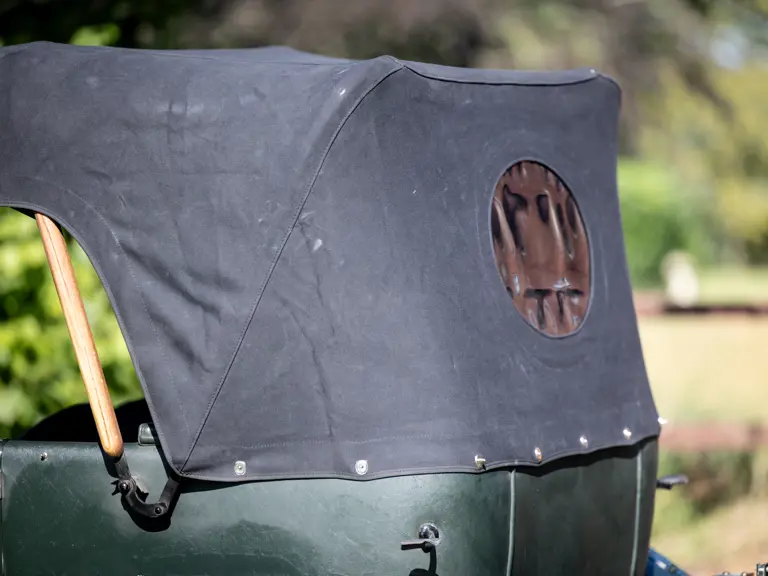

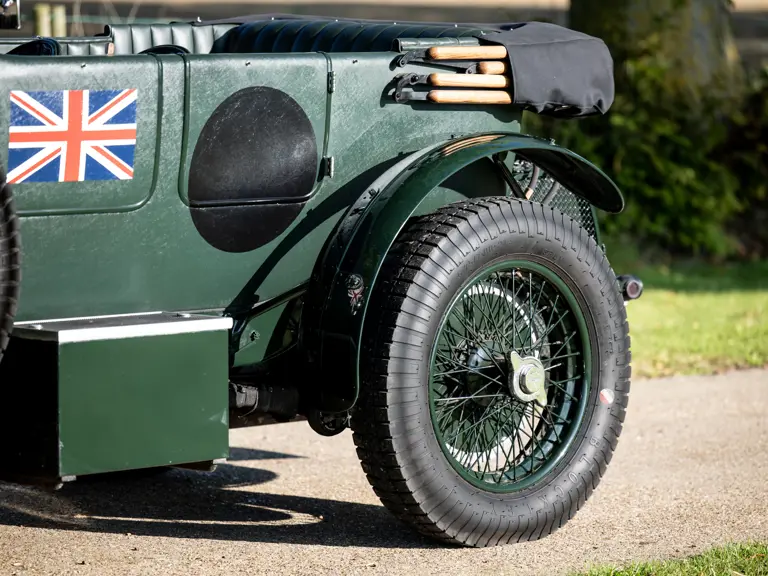
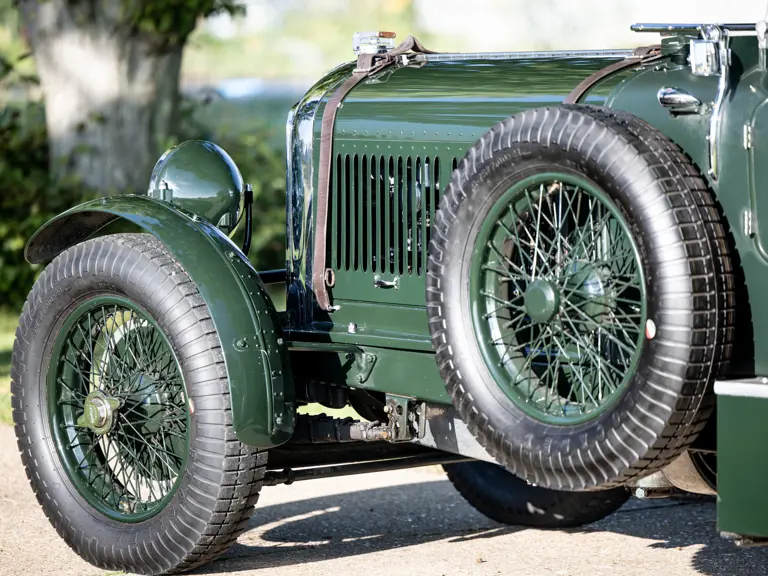
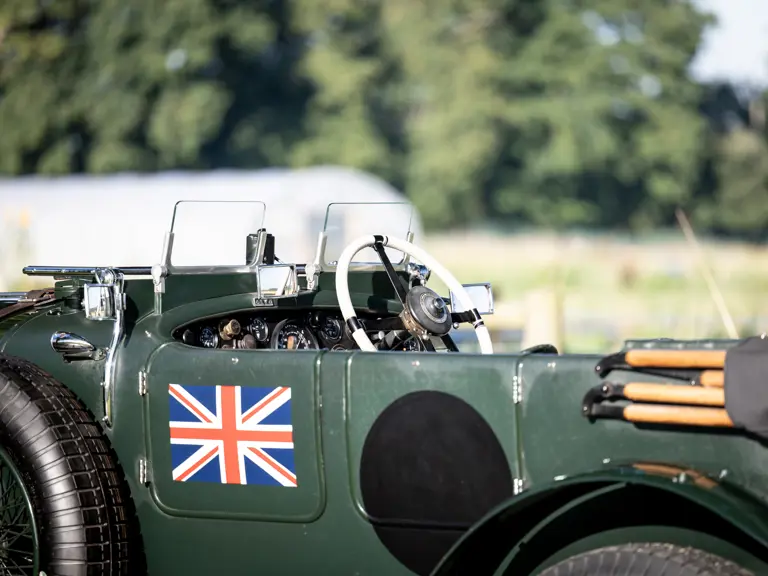
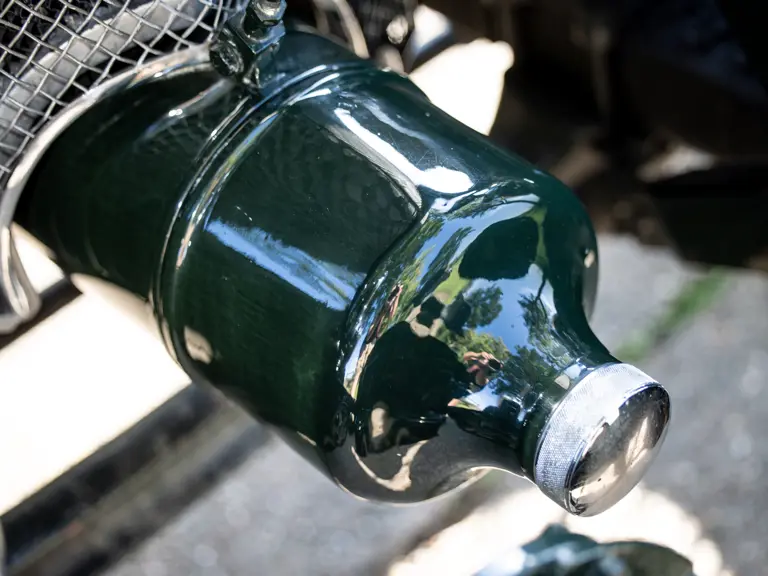

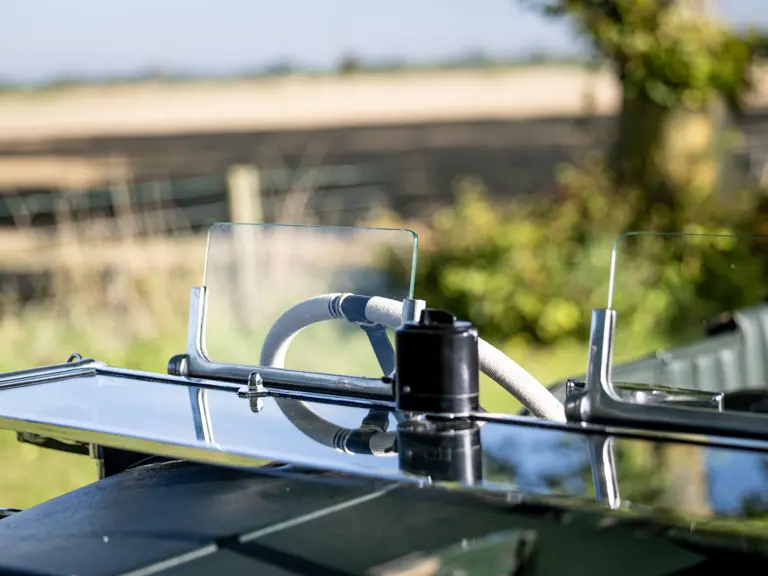
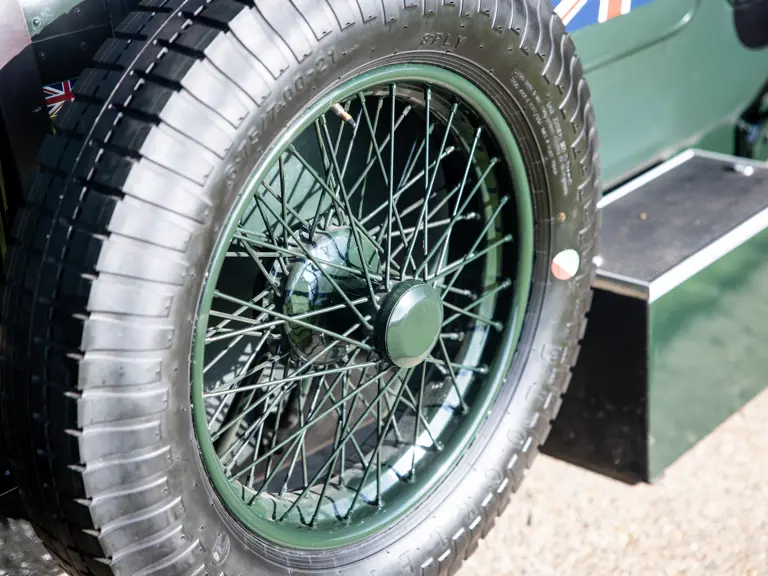
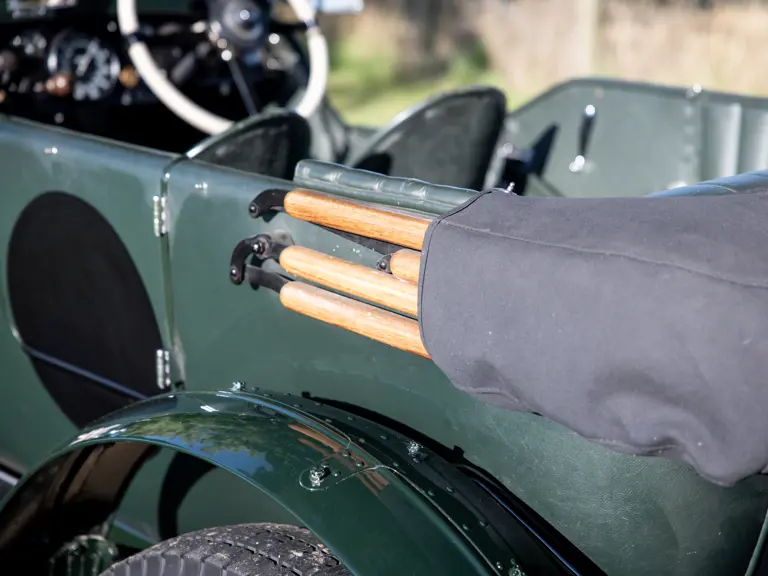
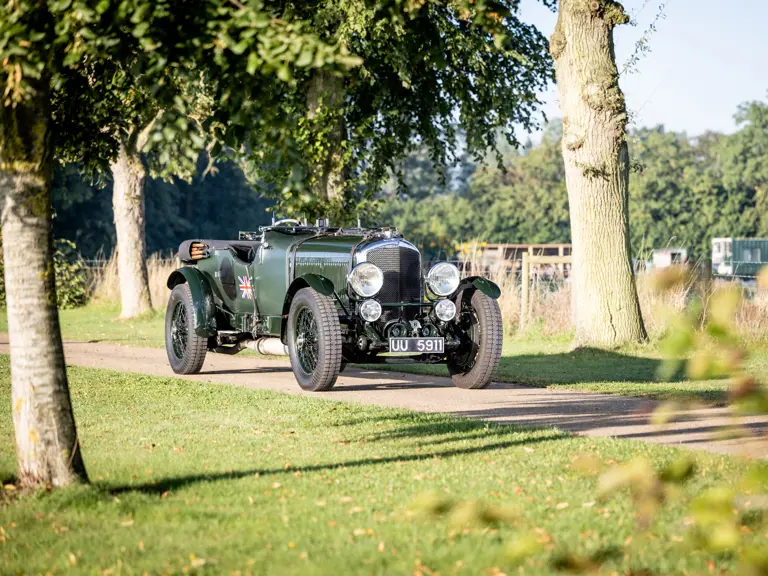
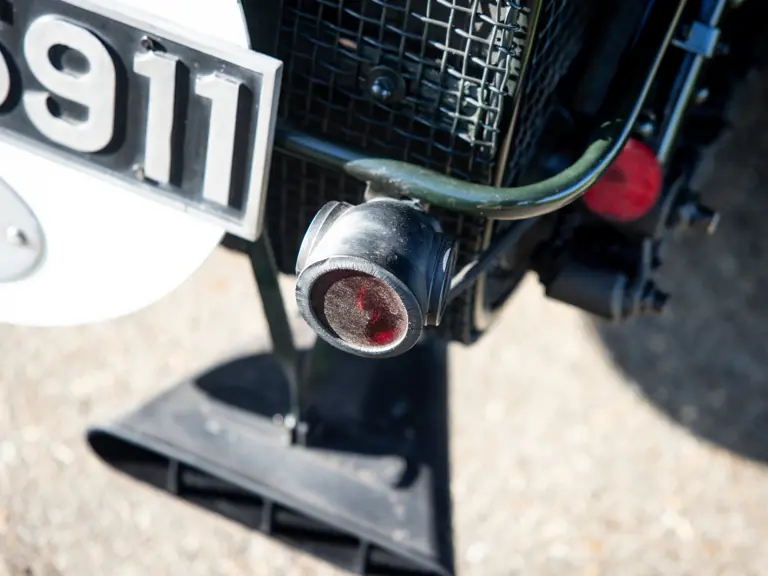


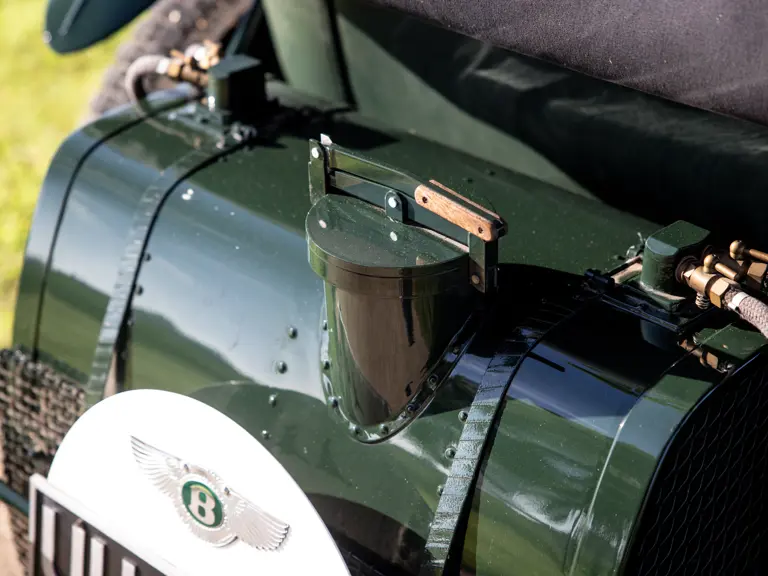
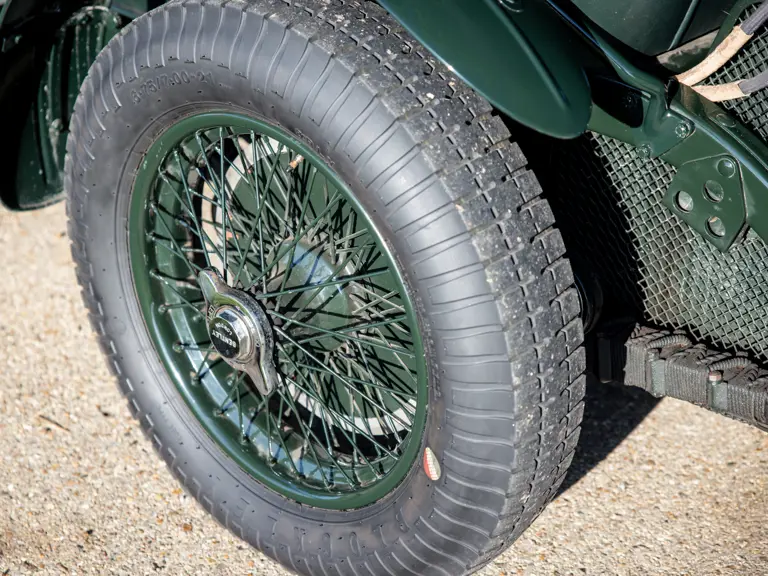
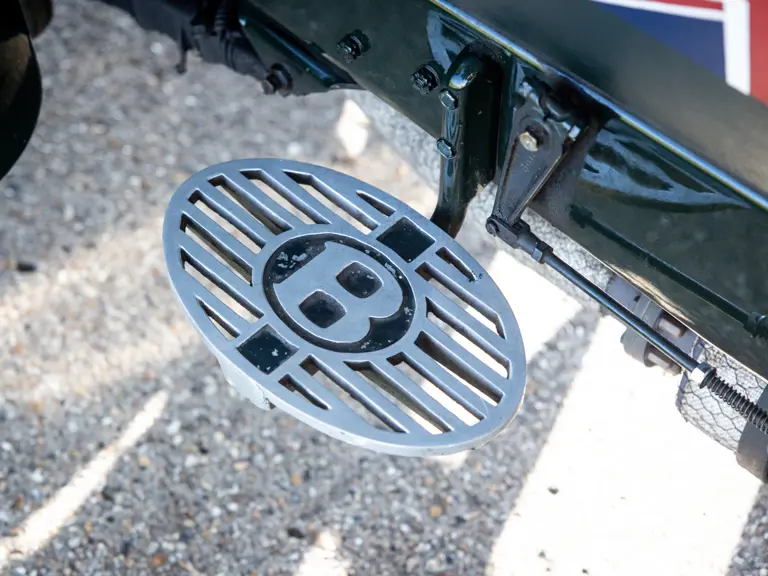
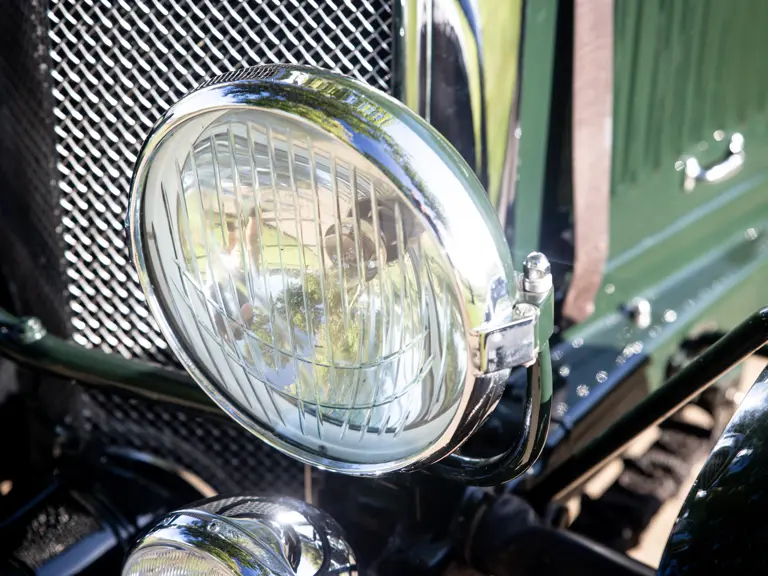
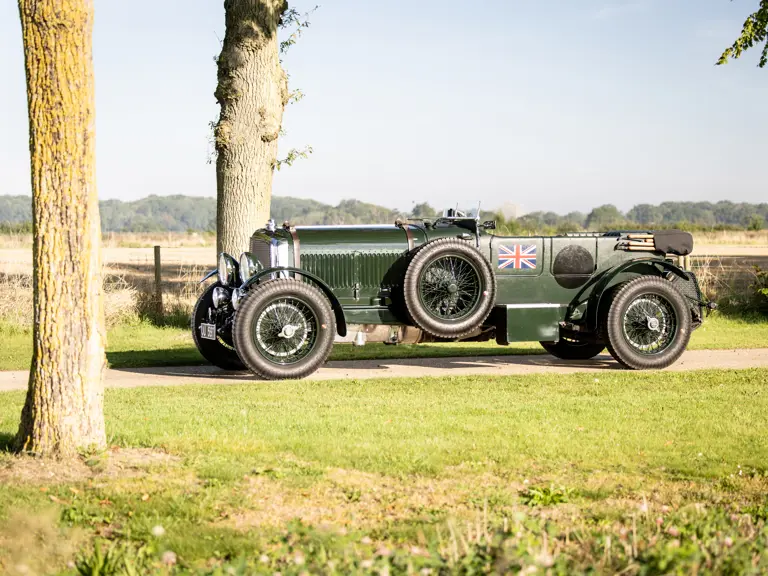
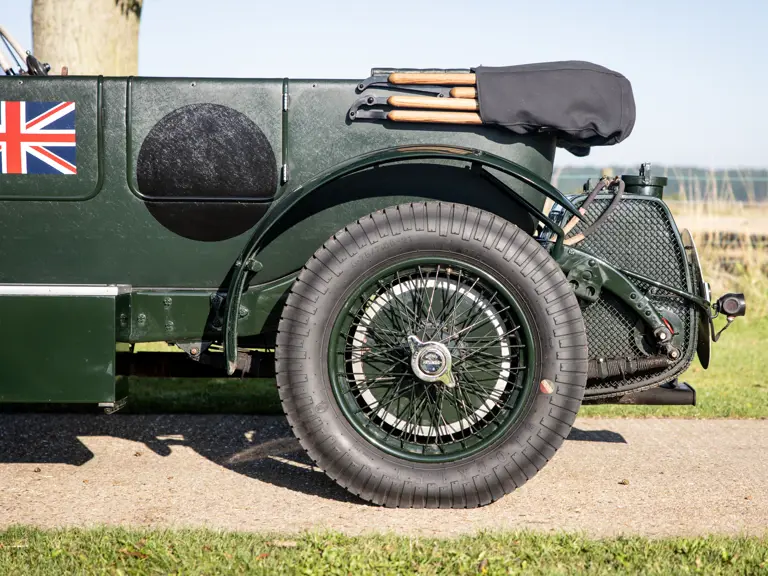
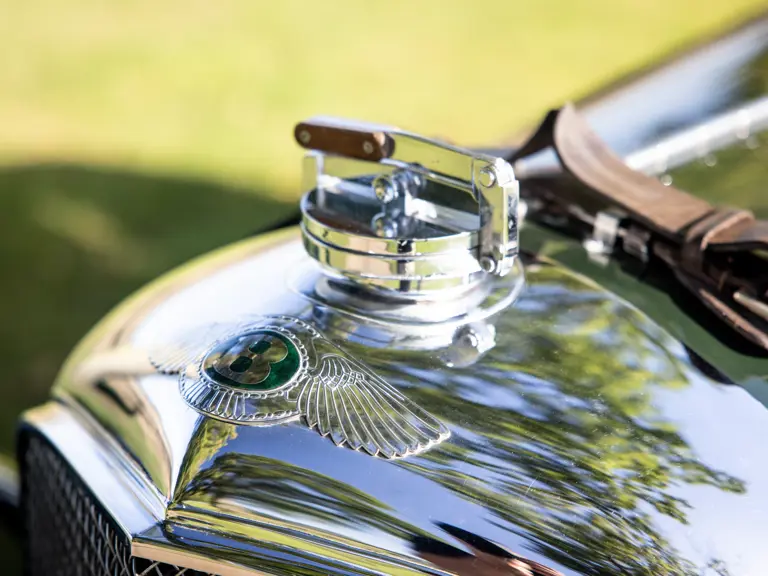
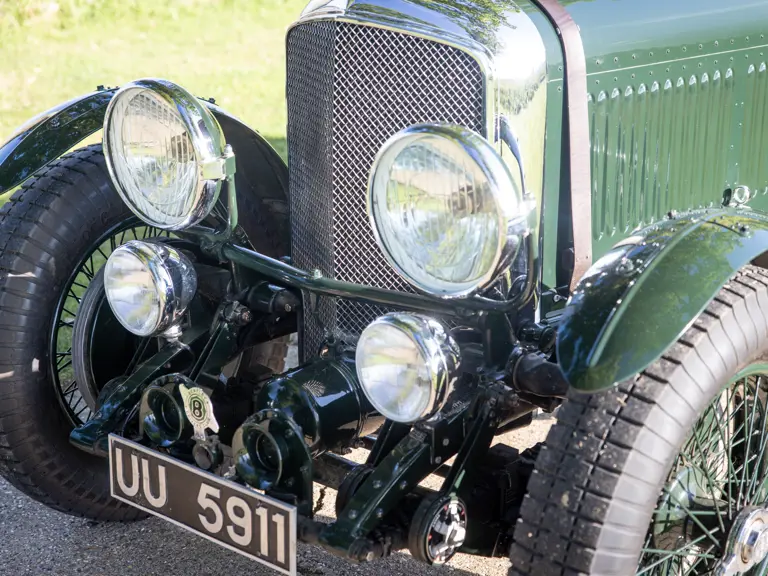
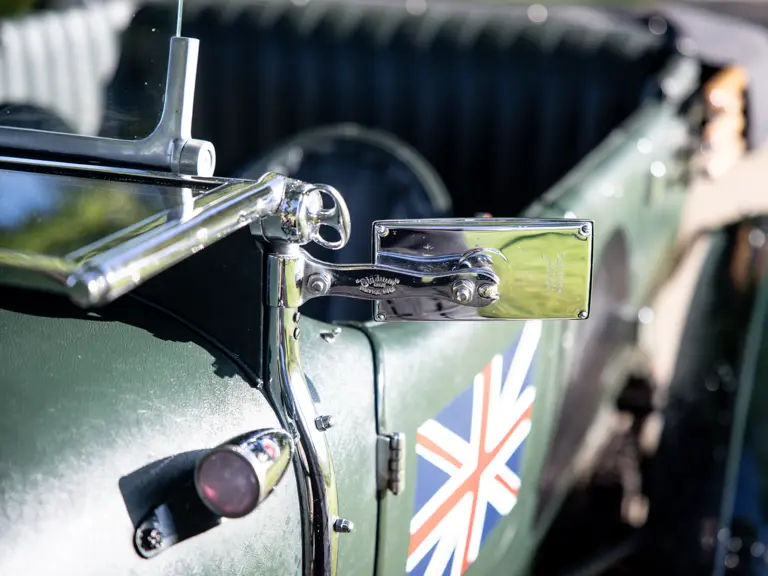
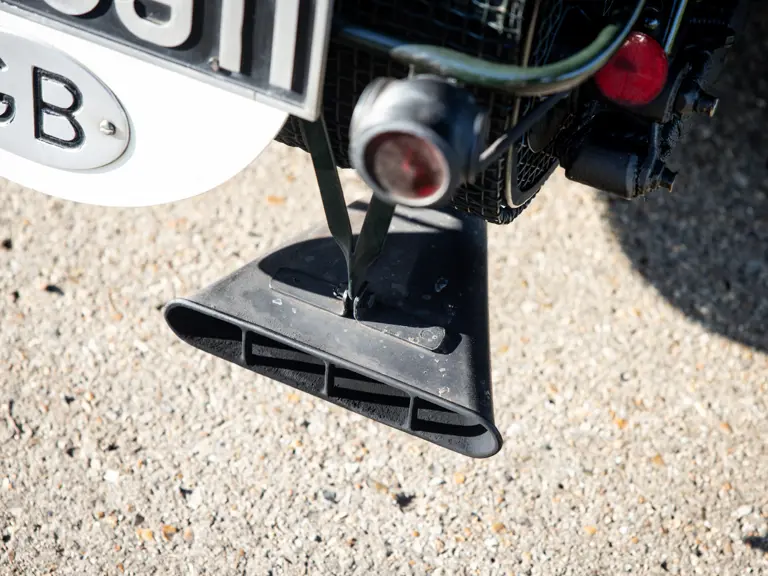
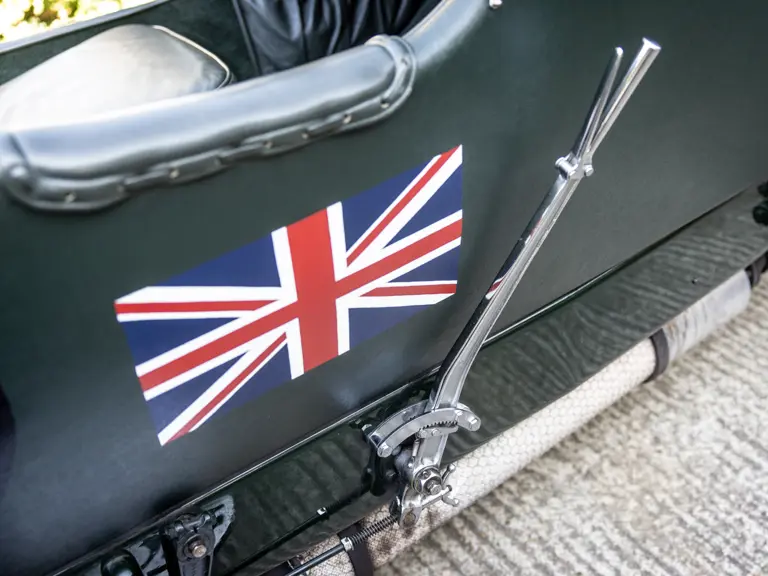
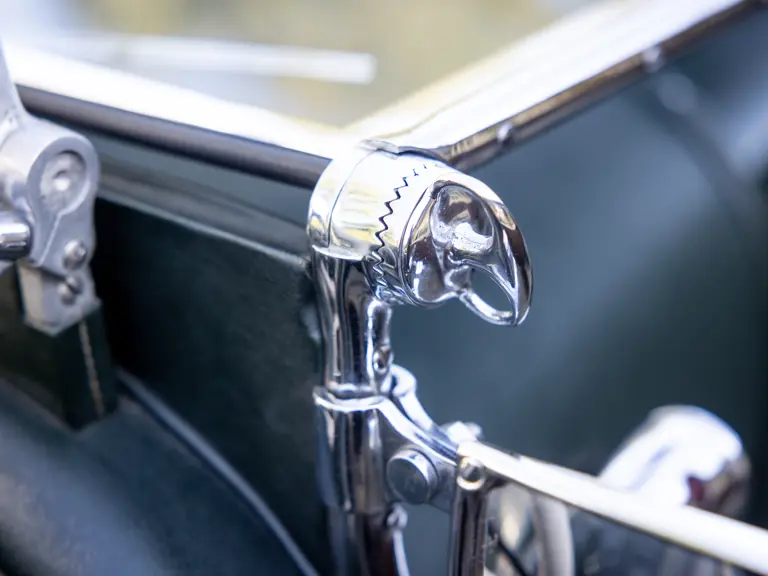
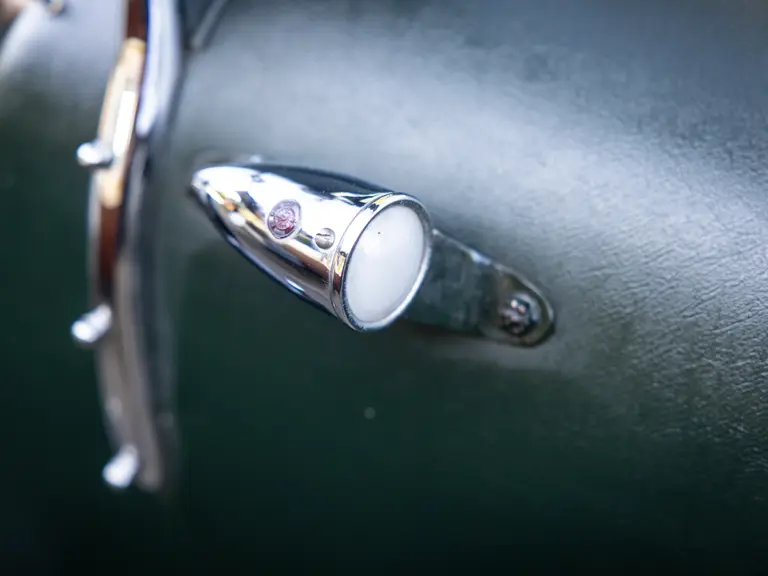

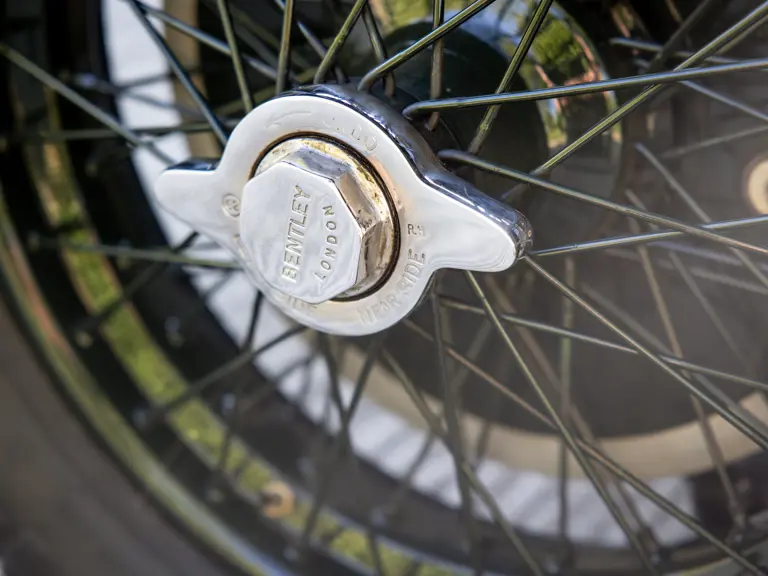
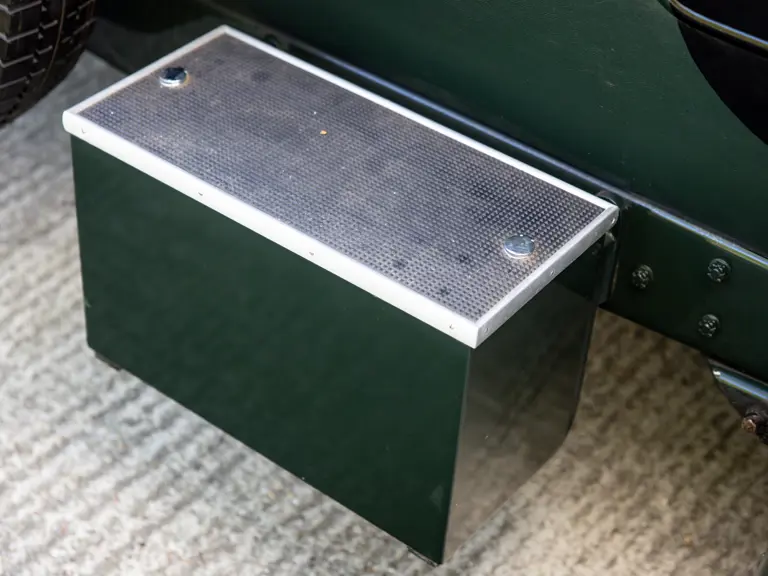
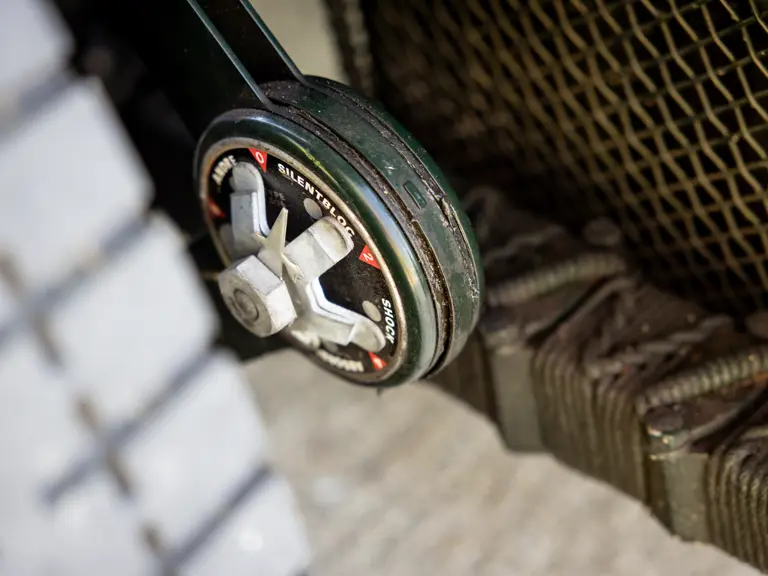
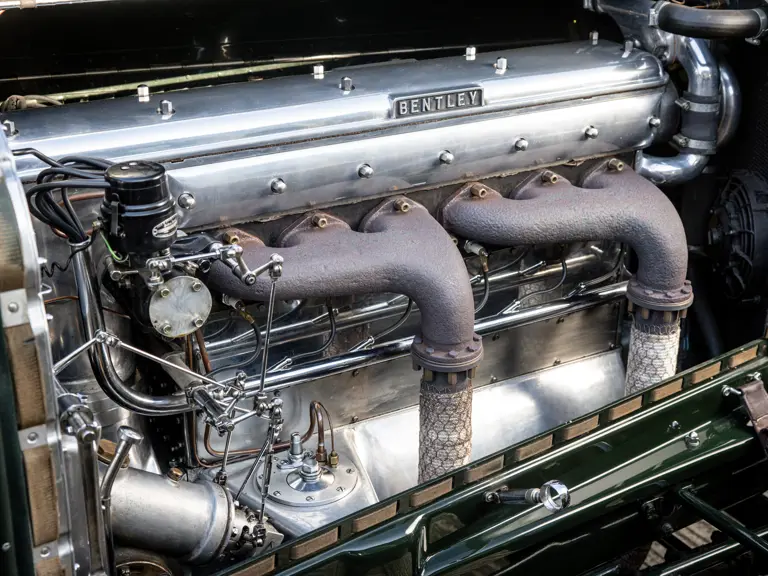
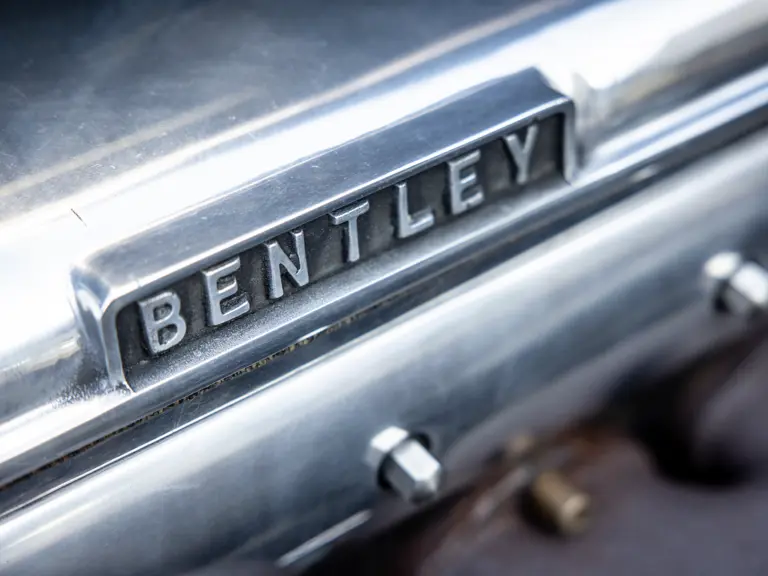




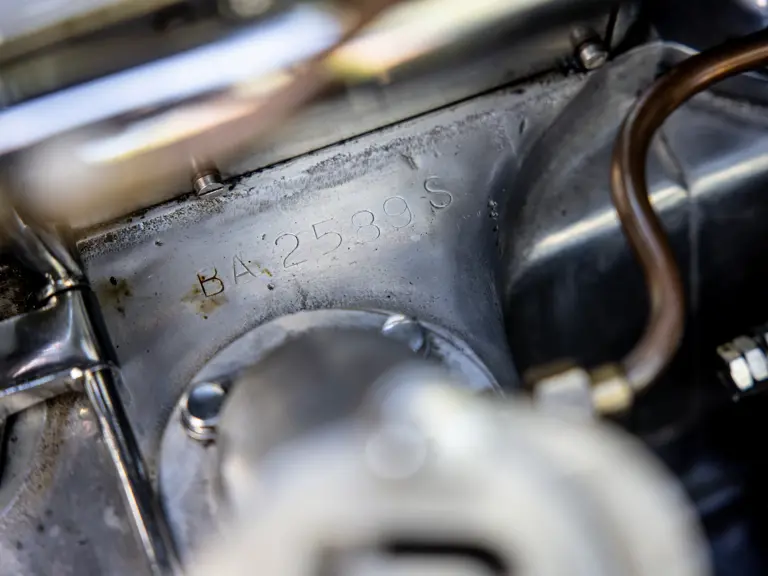
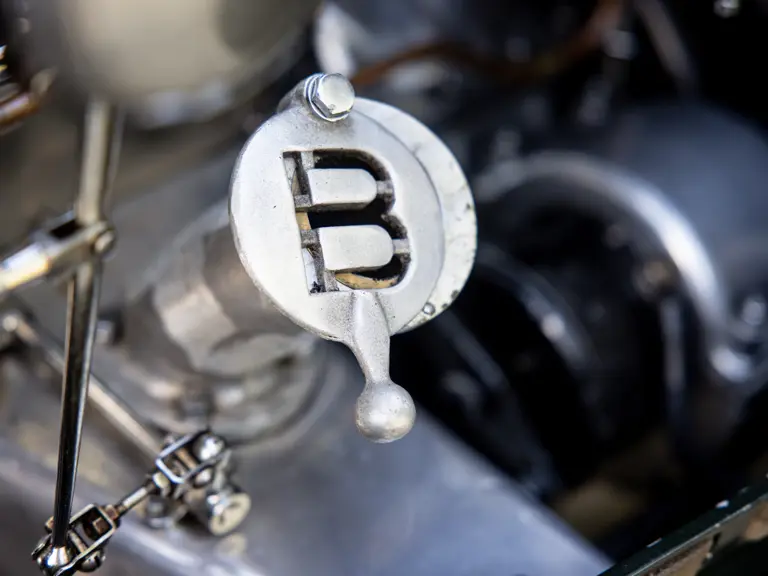

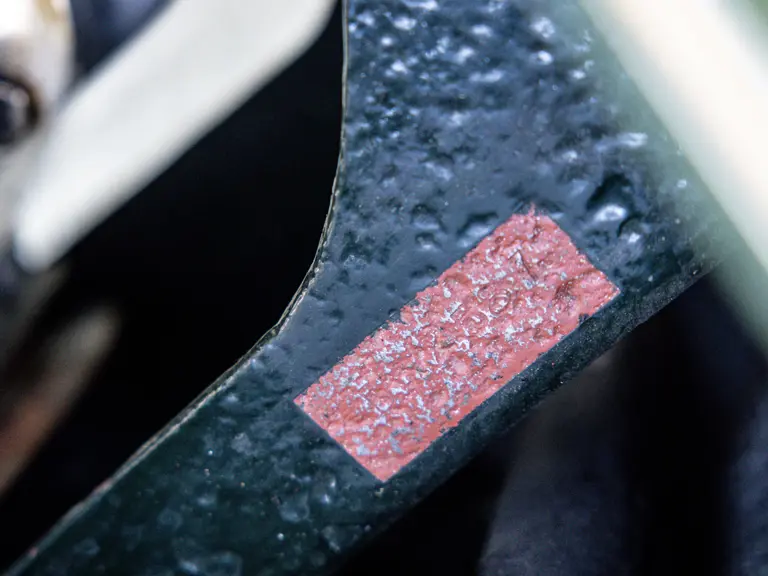
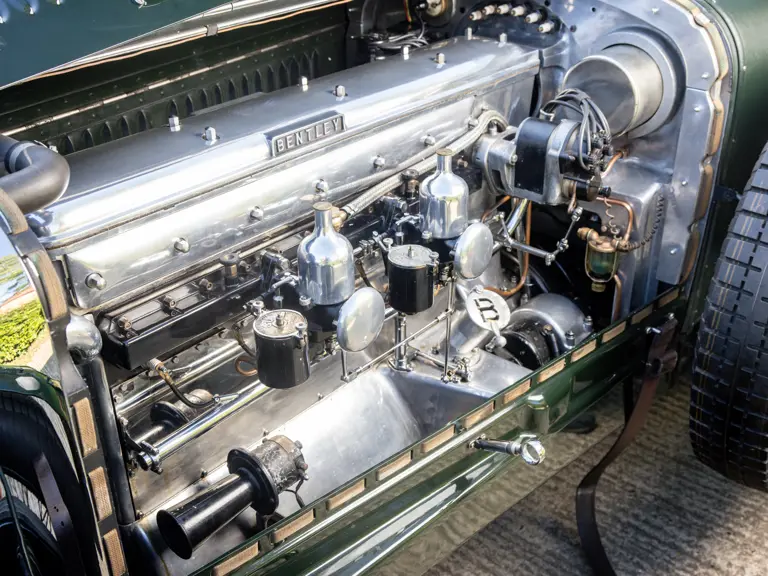
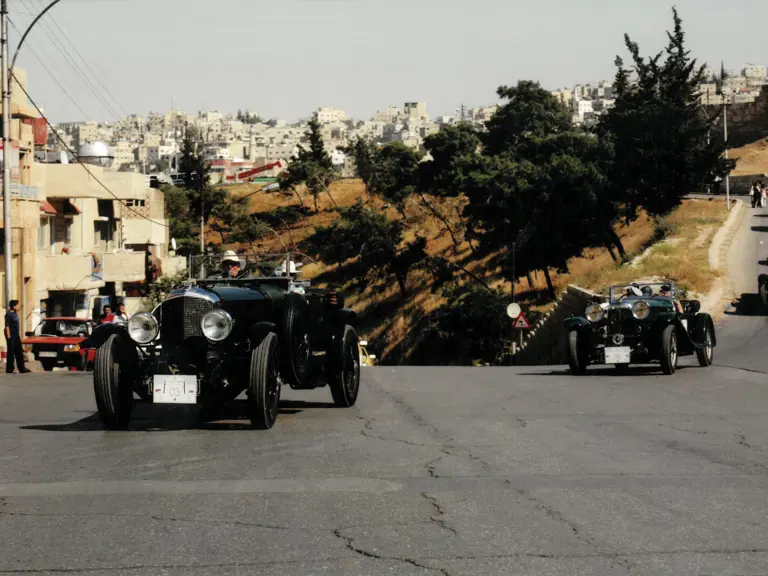
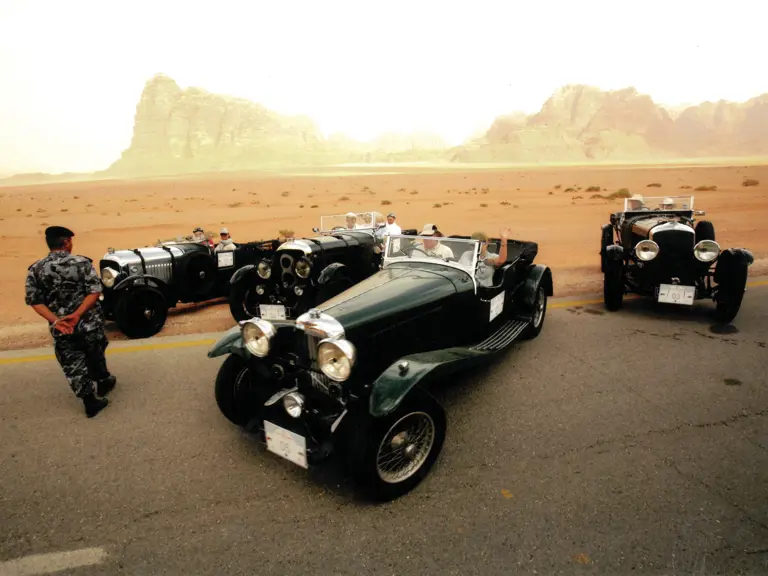
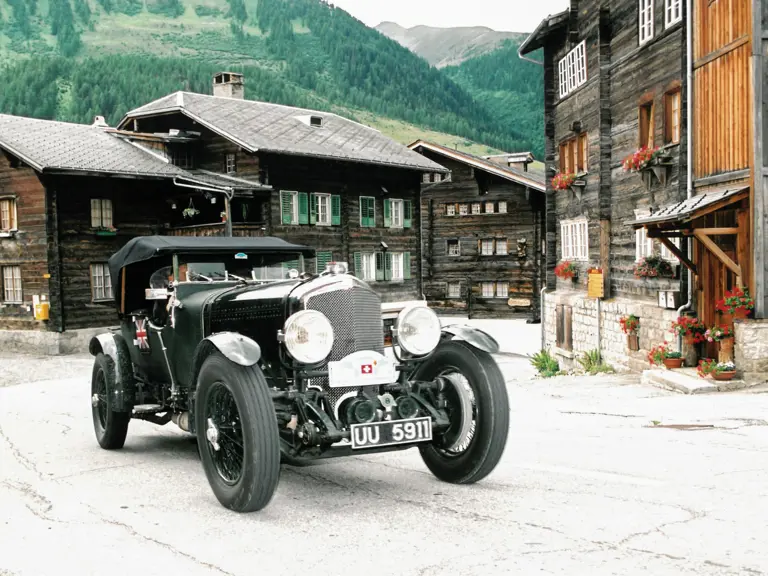
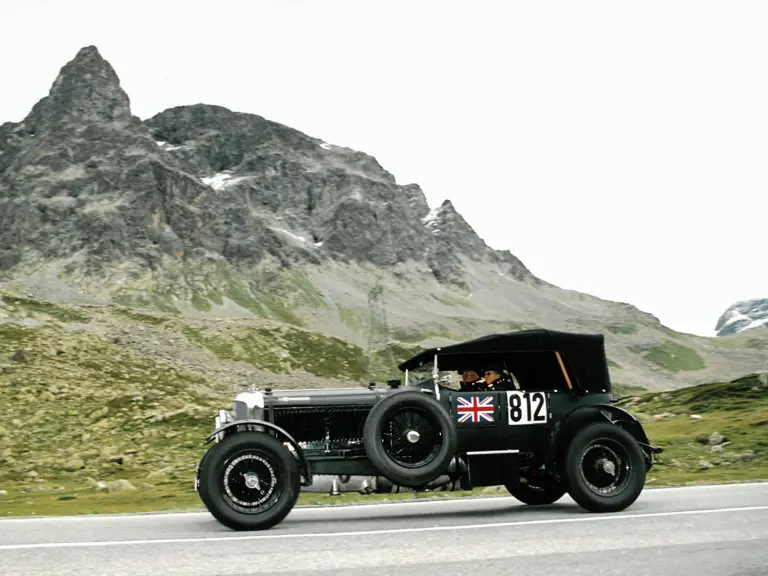
 | London, United Kingdom
| London, United Kingdom

